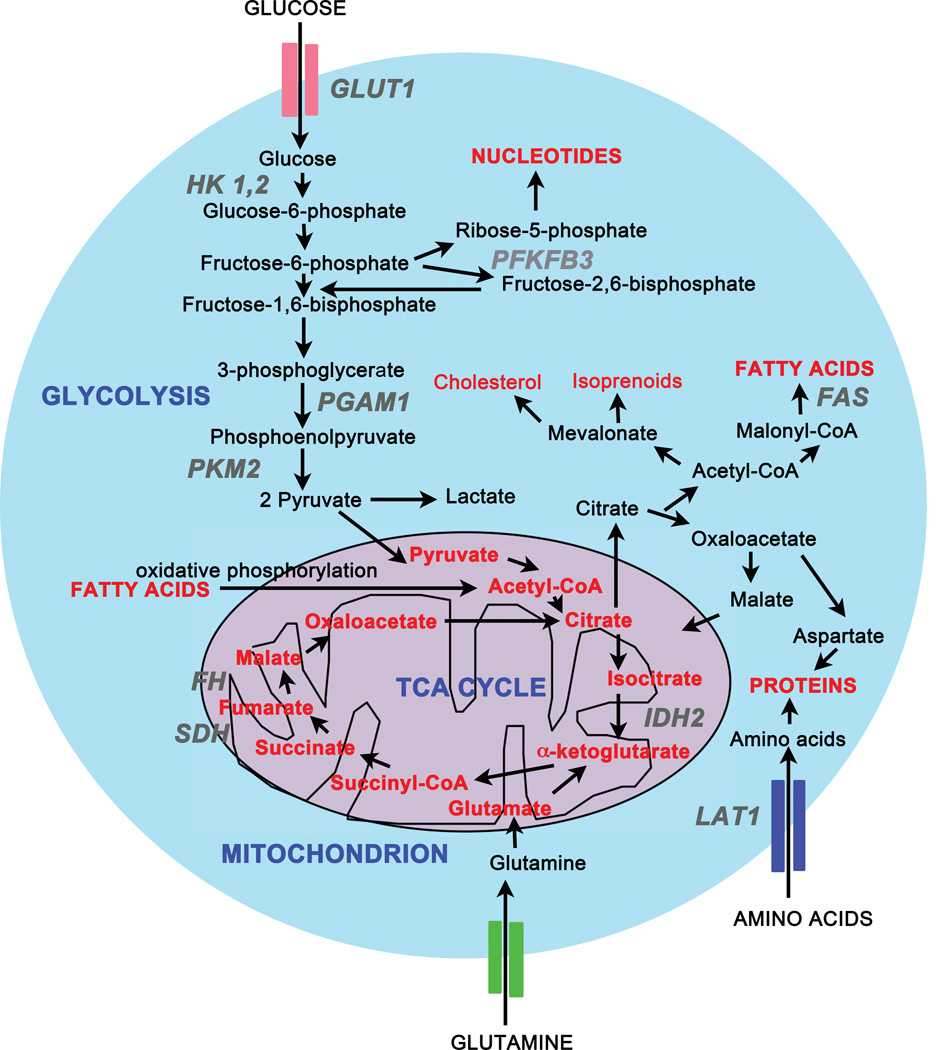Figure 2. Cancer Metabolic Pathways involving Glycolysis and the TCA Cycle.
Cells take up nutrients such as glucose, glutamine, and fatty acids to produce ATP. One mole of glucose is broken down into 2 moles of pyruvate, 2 moles of ATP, and 2 moles of NADH during glycolysis, which occurs in the cytoplasm. Pyruvate enters the mitochondrion where it is oxidized to Acetyl CoA, 2 ATP's, 8 NADH's, 2FADH2's and 6CO2s per glucose molecule in the TCA cycle. Normal cells use the energy released from glycolysis and the TCA cycle for cellular processes. The TCA cycle also produces building blocks for synthesis of proteins, lipids, and nucleic acids, all of which are required for cell growth. In contrast, cancer cells have increased uptake of glucose and glutamine to feed cell growth and proliferation. Enzymes and transporters that are either upregulated or mutated in cancer are shown in italics. These include the glucose transporter GLUT1, hexokinase 1,2 (HK 1,2), phosphoglycerate mutase 1 (PGAM1), pyruvate kinase M2 (PKM2), phosphofructo-2-kinase/fructose-2,6-bisphosphatase 3 (PFKFB3), isocitrate dehydrogenase 2 (IDH2), succinate dehydrogenase (SDH), and fumarate hydratase (FH). Adapted with permission from Lydia et al Cell Met. (2013), 17(3), p 466.

